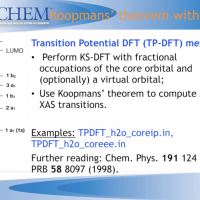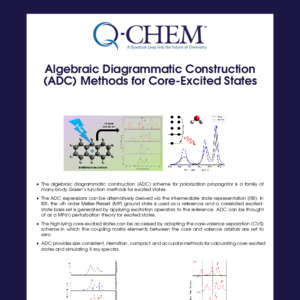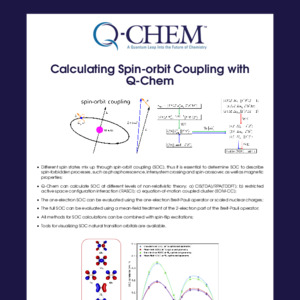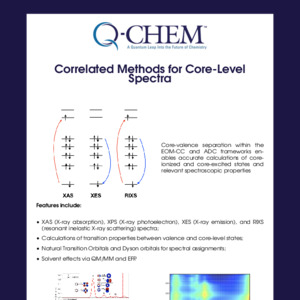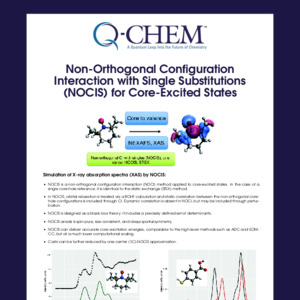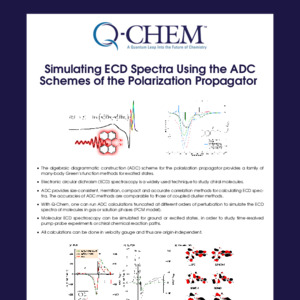Q-Chem Webinar 68
OO-DFT for Core-level Excitations and Applications to Molecular Symmetry Breaking

Diptarka Hait received his S.B. degree in Chemistry and Physics from MIT in 2016, where he carried out theoretical studies on the properties and dynamics of electronic excited states in the group of Prof. Troy Van Voorhis. He arrived at the University of California, Berkeley later that year for graduate studies, where he was advised by Prof. Martin Head-Gordon. In 2022, Diptarka received his PhD in Physical Chemistry for a thesis titled “A Density Functional Odyssey Beyond Ground State Energies”. He is currently a Stanford Science Fellow hosted by Prof. Todd Martinez, and is investigating computational photocatalysis. He remains interested in all areas of quantum chemistry, and their application to problems of interest to the experimental community.
Abstract
This special webinar event was held in recognition of the 2023 Nick Besley Award.
Electronic excited states with singly occupied inner shells are challenging to model with traditional linear response methods like time dependent density functional theory (TDDFT), due to lack of core-hole relaxation. State specific orbital optimization (OO) ameliorates this issue, but OO-DFT has been historically challenging on account of difficulties in converging to the desired excited state solution.
In the first part of the talk, we will briefly present the methodological advances towards effective modeling of excited states with OO-DFT. We will focus on the square gradient minimization (SGM) method for cheap and reliable excited state orbital optimization, and techniques for recoupling spin contaminated Slater determinants to attain spin-pure results. We will then highlight the utility of OO-DFT in accurately modeling core-level spectra, with the SCAN functional leading to ~0.3 eV RMS error against experiment (with typical resolution of ~0.1 eV).
In the second part, we will highlight how semi-quantitative accuracy of SCAN is leveraged to study transient X-ray absorption spectroscopy in collaboration with experimentalists. In particular, we utilize C 1s spectroscopy to examine the Jahn-Teller distortion of the methane cation, which is found to occur in ~10 fs after strong field ionization of neutral methane, from both experiment and OO-DFT. Theory further reveals that the X-ray signal dynamics result solely from the scissoring motion about the smallest bond angle of the symmetry broken methane cation, which controls the extent to which the singly occupied level of the cation is bonding or nonbonding. We also utilize OO-DFT to study the symmetry breaking and bond dissociation dynamics in the carbon tetrachloride cation over ~100 fs, elucidating the pathway from a covalently bonded species to a noncovalently bound complex by using information from both the C 1s and Cl 2p levels. These examples demonstrate the ability of OO-DFT calculations to validate and interpret cutting edge transient X-ray absorption experiments, indicating their utility to complement such studies.
